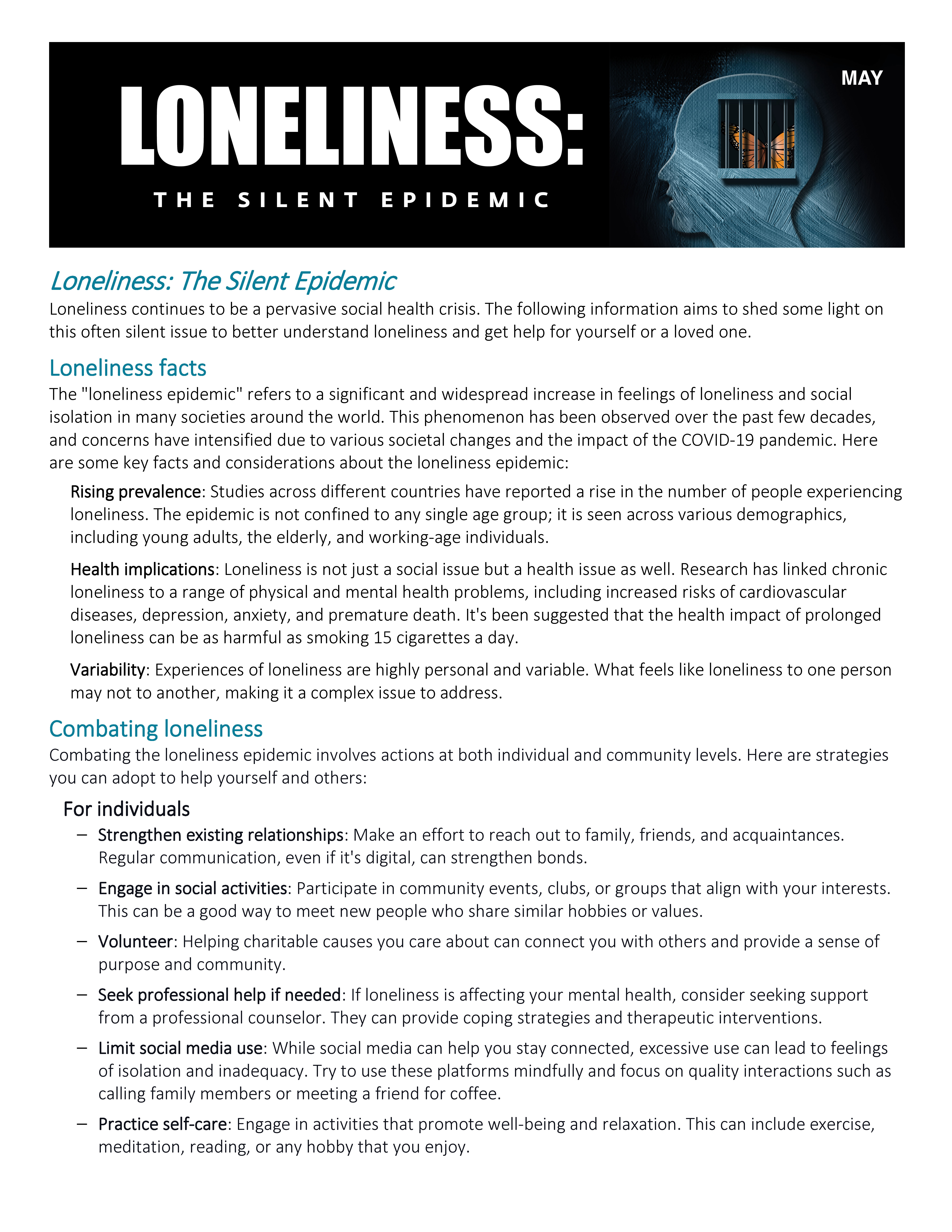|
Everyday stressors can crop up from just about anywhere. Whether it’s at work or home, caused by an unexpected event or task, or during a tense conversation, the ability to stay calm, adaptable, and tactful can make all the difference.
Honing these skills can improve your personal and professional relationships, decision-making, and overall well-being. Here are a few strategies to help you build resilience to confidently overcome everyday obstacles, withstand pressure, and navigate heated discussions with composure and grace.
Overcoming Everyday Obstacles
- Shift your perspective: Instead of viewing an obstacle as a roadblock, try to see it as a chance to learn, grow, or prove your resilience. When pressure builds, reframing your mindset can make problems seem more manageable and less daunting, which helps reduce anxiety and fosters a positive attitude.
- Focus on solutions, not problems: When challenges arise, look for potential solutions rather than dwell on the problem itself. This can help keep you proactive and constructive.
- Be flexible: Unexpected hurdles often require us to adapt. Flexibility and openness to new approaches can help you find alternative paths to your goals when things don’t go as planned.
Dealing with Pressure
- Settle yourself before you start: Doing a quick stretch, breathing exercise, or a few minutes of visualization before tackling high-pressure tasks can help calm your nerves and create a sense of control.
- Concentrate on what you can control: It’s easy to feel overwhelmed by things outside of your control. Center your energy on the aspects you can influence and try to let go of the rest.
- Decompress often: During intense periods, take regular breaks, even if they’re short. These time-outs can serve as mini reset points, helping you recharge before diving back in.
Navigating Tense Topics and Difficult Conversations
- Stay composed and listen: In heated discussions, resist the urge to interrupt or react immediately. Active listening often diffuses tension. Take a deep breath, let the other person speak, and show that you’re paying attention.
- Acknowledge others’ points of view: Validating the other person’s feelings or perspective doesn’t mean you agree with them — it shows respect and empathy, which can help lower defensiveness.
- Consider a cool-down: If the conversation becomes too charged, suggest a short break to allow everyone to calm down. Coming back with a clear mind can lead to a more productive exchange. If needed, steer the conversation toward finding a resolution or compromise. Ask questions like, “How can we move forward?” to keep the dialogue constructive.
- Communicate with curiosity: People you interact with might differ from you in age, ethnicity, ideology, or any number of other ways. In conversations with people who you perceive to be different from you, strive to come from a place of curiosity. This means entering with a desire to learn. People who are curious are more likely to feel better about themselves and their lives. They experience more positive emotions, such as joy and surprise.
Ask yourself:
- Am I open to learning about others who are different from me?
- Can I ask more questions?
- How might I benefit from learning?
- Do I communicate with a willingness to learn?
Curiosity requires good listening, including awareness of your assumptions. People experience events in a way that is unique to them and screened through their own lens. Before acting on assumptions, ask open-ended questions like:
- What was that like?
- How did that feel?
- What did you think when that happened?
- How did you end up making that decision?
- Tell me more.
Be Aware of Body Language
When it comes to communication, be mindful of body language and non-verbal cues. Facial expressions, eye contact, gestures, and posture often express more about your emotions, feelings, and attitudes than your words. Cultural differences can also affect interpretations of body language.
Check Your Emotional Barometer
Finally, check your emotions. Negative feelings like anger or criticism can lead to misunderstandings and communication breakdowns.
|






